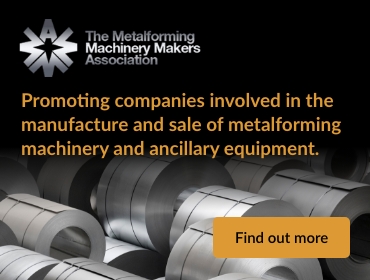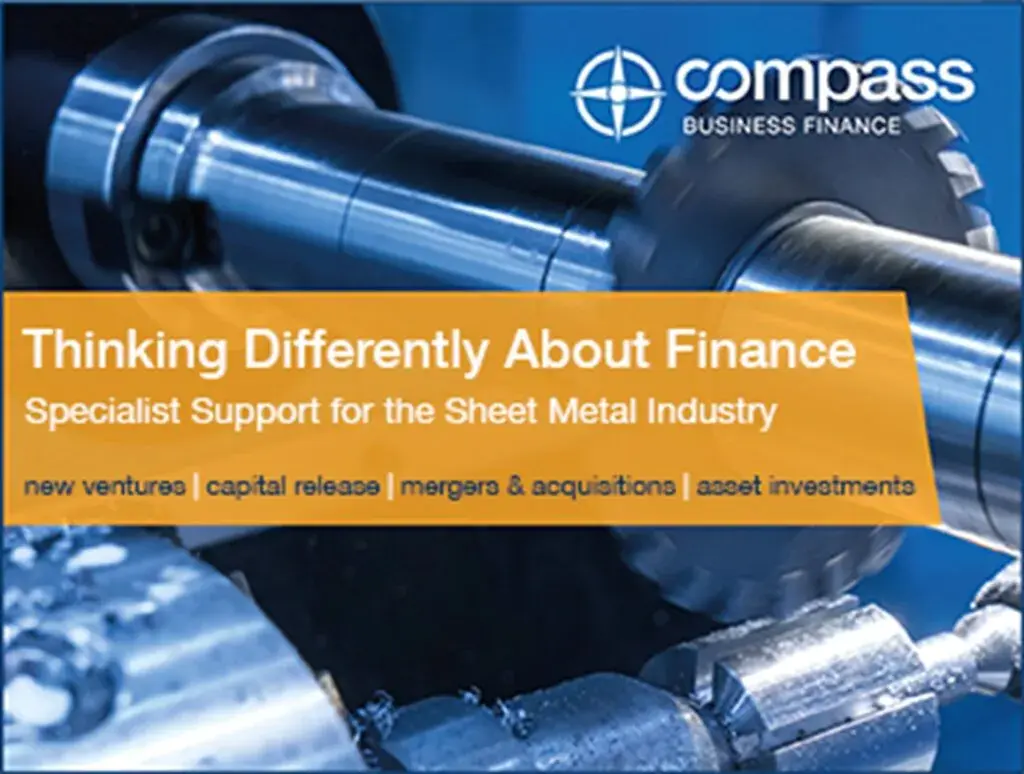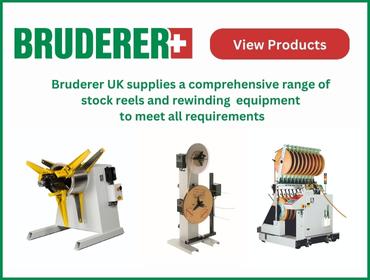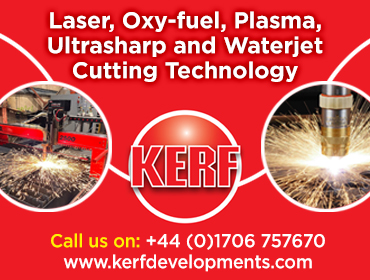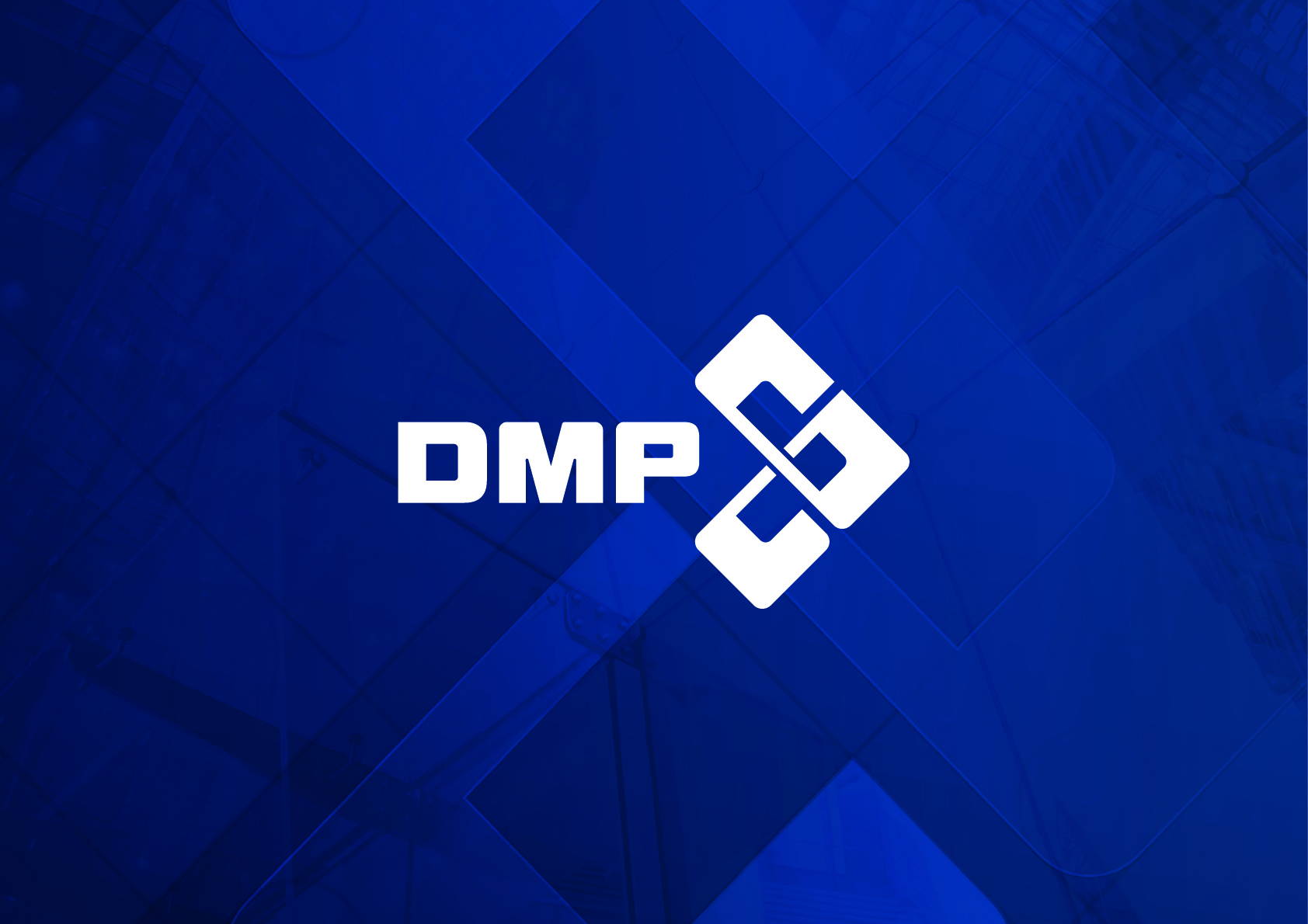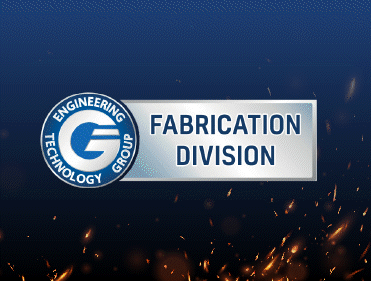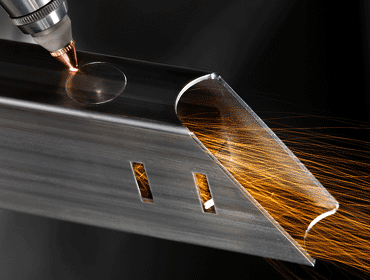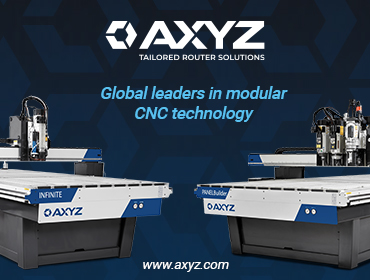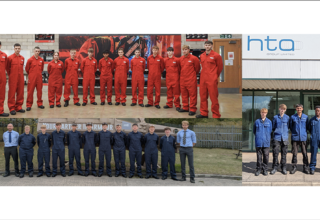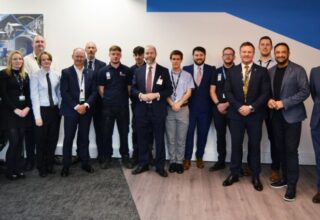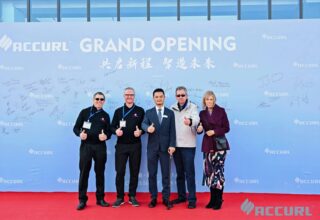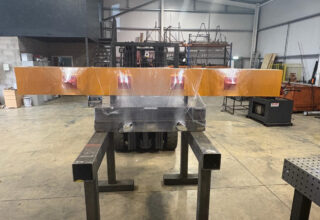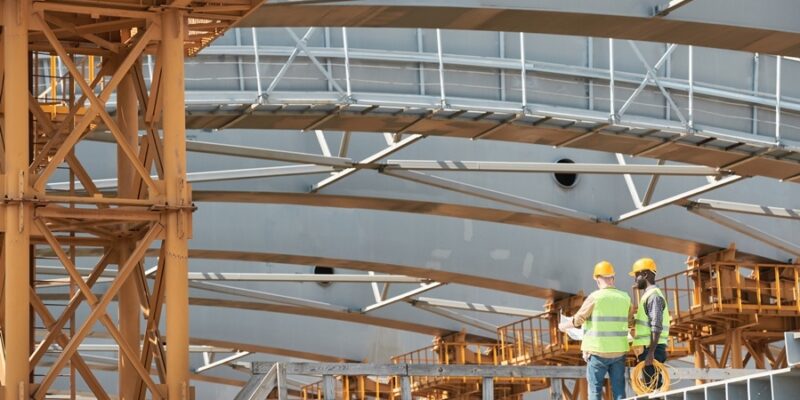
Steel fabrication is a process that allows Mor Fabrications to produce various structures and can be used to connect different elements together to create a finished structural masterpiece.
Metal trusses are one of these elements that interconnect to form a triangulated system that helps to support roof systems as well as the internal load of a structure.
Trusses are extremely popular in construction as they are lightweight but can hold extensive loads.
Steel trusses definition
A steel truss is formed through structural steel fabrication, combining three elements to form a triangle shape. These three elements consist of a top chord, a bottom chord, and web members that connect to the chord.
Lightweight and easy to assemble, trusses are the steel elements that make up the main frame of your roof, supporting the weight of the roof system.
Braces are used to hold the trusses together, helping to distribute the weight of the roof over the entire truss, ultimately stopping the building from collapsing.
There are various truss types to suit a variety of shapes, purposes, and uses, with steel being the main component due to its good strength-to-weight ratio, longevity, and resistance to mould.
Structural steel can also be customised to any structure and is suitable for both residential and commercial customers. It is important to note that steel trusses do have a low corrosion resistance, and they can’t retain heat for a long period of time.
Types of steel trusses structure
Warren truss – shaped as the letter “w,” a WARREN truss consists of diagonal elements that alternate compression and tension, adding stability to the overall truss structure through the design of equilateral triangles. This type of truss system is particularly useful for large buildings.
Pratt truss- economical and representing an “N” shape, a PRATT truss is most suitable for large constructions where dozens of metres can be achieved between opposite walls.
Fink truss – FINK trusses are most commonly found in residential properties; fink trusses require less steel than other types commonly found. A fink truss is made up of shorter elements attached to longer ones that function as the baseline.
North light truss – often used in industrial buildings, the NORTH LIGHT type of truss consists of one side longer than the other, with the shorter part of the truss including a form of glazing, letting in natural light and reducing carbon emissions. Durable and versatile, this type of truss often has a spread of between 20-30 metre span.
Queen post truss – consisting of two members with a beam in the middle for support. The QUEEN type of truss is simple to fabricate, versatile, and suitable for roof structures with a short span, i.e., 10m.
King post truss – similar to the QUEEN post truss, a KING post truss type has a span of 8 metres, making it an ideal truss type for smaller residential properties and consisting of two angle support members.
Covered here are some of the most popular types of trusses; there are more available, and the professional structural steel contractors you work with will be able to advise you on the most suitable steel truss for your structure.
Applications of steel trusses
Trusses are primarily used for large structures and are great for structures with extensive roof spans, such as sports stadiums, airports, arenas, etc., helping to make structures stable.
Suitable for commercial and residential properties as well as infrastructures, sports facilities, industrial units, and more, trusses are cost-effective, with designs that are as simple or as complex as you require.
Trusses are typically spaced up to 12 feet apart and are connected together at the node.
They can span large distances due to their high strength and weight ratio – making them a popular choice for roof structures and bridges.
Main advantages of a steel truss structure:
- Strength
- High quality
- Fire resistant
- Resistant to corrosion
- Aesthetically pleasing
- Eco-friendly
- Quick to install
- Steel won’t buckle
- Sleek, modern, and attractive
- Steel is a recyclable material, supports sustainability objectives
- Flexible, durable, and have a large load-bearing capacity
- Evenly distribute loads, ensuring stability
- Reduce stress on individual components
- It is suitable for areas that require a high load tolerance.
Alongside the positives, it is important to be aware of some of the downsides of working with steel trusses:
- Rust can be an issue – this can be mitigated by using protective coatings at the finishing stage however.
- There is less sound insulation compared to other load-bearing systems.
- Less energy efficient as more heat can escape.
- Installation requires skilled labour.
Structural steel fabrication
When working with trusses, you will need to consider the overall load combination, as these structures aim to bring structural integrity to a building.
Steel fabrication is essential for constructing robust steel trusses, and working with professional structural steel fabricators is vital to achieve the perfect outcome.


